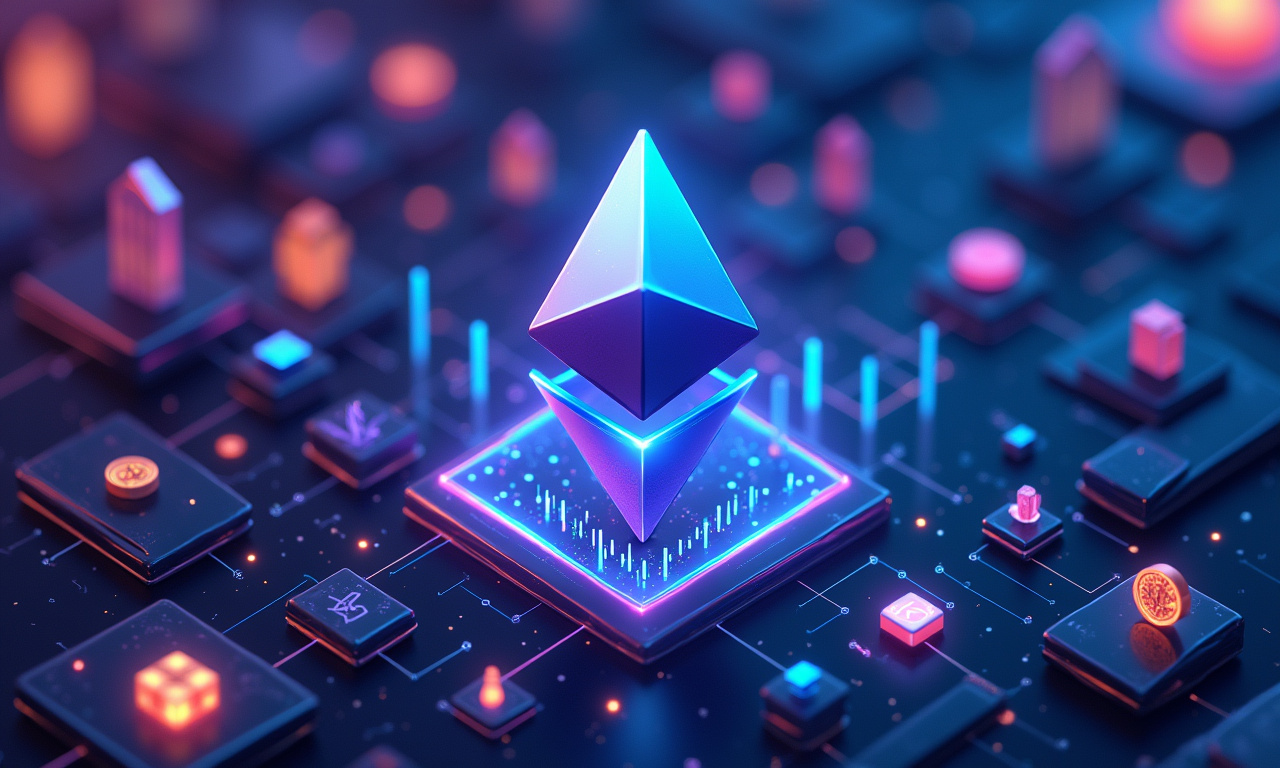Over the past several months, Ethereum has been on an incredible streak of historic milestones, a reflection of its rapidly expanding clout in the digital asset arena. With this congestion, the network reached 1.74 million daily transactions at one point—well above its previous high set in 2021. Ethereum’s resulting market capitalization has now passed that of Netflix and is closing in on Mastercard. Driven by decentralized finance (DeFi), smart contracts and NFTs, Ethereum’s on-chain activity isn’t slowing down.
Ethereum’s on-chain volume was $238 billion in July 2025, a 70% month-over-month increase. This increase is indicative of how the world is increasingly adopting Ethereum. Its increasing adoption reaches from DeFi protocols like Uniswap all the way to NFT marketplaces like OpenSea. Value locked in Ethereum-based DeFi protocols, the total value locked (TVL) continues to be high, with $270 billion.
Despite the uphill battle NFTs face today, there is a positive change happening within the NFT ecosystem. NFTs on Ethereum have officially exceeded DeFi in daily active wallets. NFTs surpassed DeFi in terms of the number of daily active wallets, with 3.85 million wallets vs. 3.84 million for DeFi. This change provides the perfect backdrop to the NFT comeback taking place on the Ethereum blockchain.
While NFT activity on Ethereum has surged, this week alone contributing towards a heightened price rally of 16.3%, In July, total trading volume for popular NFT collection CryptoPunks reached $112 million. One NFT platform clearly led the pack, taking in an astonishing 80% of total daily NFT trading volume that month. Ethereum’s NFT market is making a comeback, as Opensea has seen $530 million in total trades just for July.
The success of Ethereum can be largely explained by its flexibility and all of the different types of applications that have flourished on top of its network. DeFi protocols are luring new users who want decentralized financial services. At the same time, NFTs make it possible to own, represent and trade unique digital assets. It’s the flexibility provided by the smart contract functionality of Ethereum that allows developers to create such unique and complex applications on them.
The recent rise in Ethereum’s activity further confirms its reputation as the second most important blockchain platform. The network continues to handle an incredible number of transactions with unprecedented efficiency. It underlies a booming DeFi ecosystem and promotes activity in the NFT space, illustrating its capability for long-term development and pioneering technology. Ethereum’s $220 billion market cap demonstrates its increasing significance in the broader financial ecosystem.




